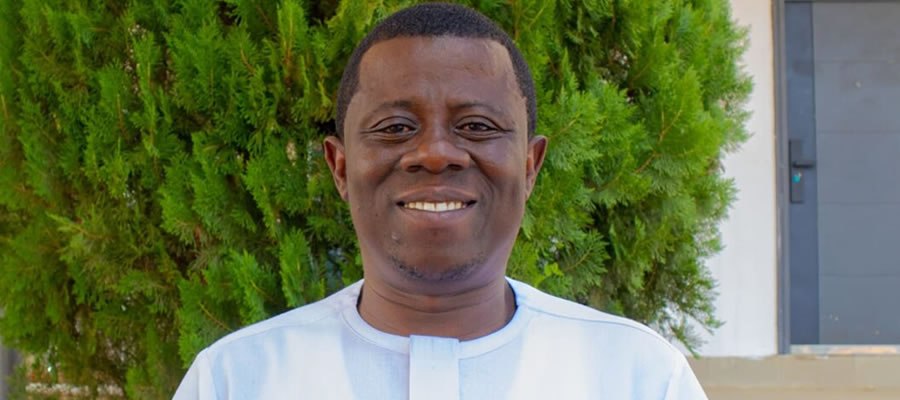

Population Size and Distribution
The 2010 Population and Housing Census recorded a total of 117,886 persons in the Municipality, with the male and female proportions given as 61,262 and 56,624 respectively. The census was indicated that, the proportion of the population in the various age groups decreases with increasing year, with the age group 0-4 years having the highest proportion of about 15 percent and those above 85 years forming just 0.5 percent.
Similar distribution of the population among the various age groups can be seen among both males and females. As males decrease from 14.7 percent among the 0-4 age group to 0.5 percent, females also decrease from 15.1 percent to 0.5 percent respectively. This distribution conforms to both the Regional and National age composition of Ghana’s population.
Age-Sex Structure
According to the 2010 PHC, more males (61,262) were recorded in the Municipality than females (56,624). This phenomenon was reflected among the age groups. However, high proportions of males and females (40.8%) were below 15 years, a situation that needs critical attention such as the provision of basic school and health infrastructure.
Again, a small proportion of the population was above 60 years (4.5%) reflecting a low life expectancy in the Municipality. The surveys also clearly spelt out that significant proportion of the population are found between 15 and 59 years where the active labour force is constituted.
The analysis of the age and sex structure of the population is best represented. The Figure generally shows a broad base and a narrow peak indicating that the district has a youthful population, a built in momentum for further rapid increase and therefore the need to strengthen efforts at managing the population. As the male population show a smooth gradient, that of the female is a little undulating indicating the probability of age misreporting among the females.
Age Dependency Ratio
The age dependency ratio of a population is the ratio of a population in the dependent ages to those in the economically productive ages in a population. Dependent ages are classified to be those under 15 years and 65 years and older while the economically productive ages are those 15 to 64 years. Age dependency shows the economic burden that falls on the working population as such, populations with higher birth rates (with more people below 15 years) tend to have more burdens.
Table 2.3 provides information on three categories of dependency ratios for the Municipality by sex; the young (under 15 years), the elderly (above 64 years) and the combined (0-14 years and 65+ years). The table shows that the total dependency of the Municipality is not very high; 77.8 percent of the population depends on 100 people. However, the female dependency (79.3) is higher than that of males (76.4%). Due to the large nature of the population below 15 years, 72.5 children depend on 100 working population while 5.3 elderly depend on the same population. Contrary to the total dependency ratio, there are more elderly male dependents on the working group than females.

Spatial Distribution of Population
The spatial distribution of the regional population states that 117,886 out of 2,376,021 regional populations are found in the Aowin Municipal representing 5% of the regional population. Fifty two percent of the district’s population is males and the rest females, resulting in a sex ratio of 108.2. Out of the total population in the Municipality, only 11,737 live in urban areas while 106,149 live in rural areas. The urban dwellers form just about 10 percent of the rural settlers.
Hierarchy of settlements
Major settlements out of the 117 communities have relative access to social services such as primary school, Junior High, public places of convenience, potable water, clinics, and health centres. Aside Enchi, the distribution of services are always geared towards settlements such as Boinso, Adjoum, Yakessi, Jema and Sewum which are believed to be central to a lot of surrounding communities. These mentioned settlements have access to almost all the social infrastructure available in the Municipality. However efforts are being made to improve the existing facilities since some of them are now in deplorable states.
Date Created : 11/17/2017 8:00:18 AM











 facebook
facebook
 twitter
twitter
 Youtube
Youtube
 +233 593 831 280
+233 593 831 280 0800 430 430
0800 430 430 GPS: GE-231-4383
GPS: GE-231-4383 info@ghanadistricts.com
info@ghanadistricts.com Box GP1044, Accra, Ghana
Box GP1044, Accra, Ghana